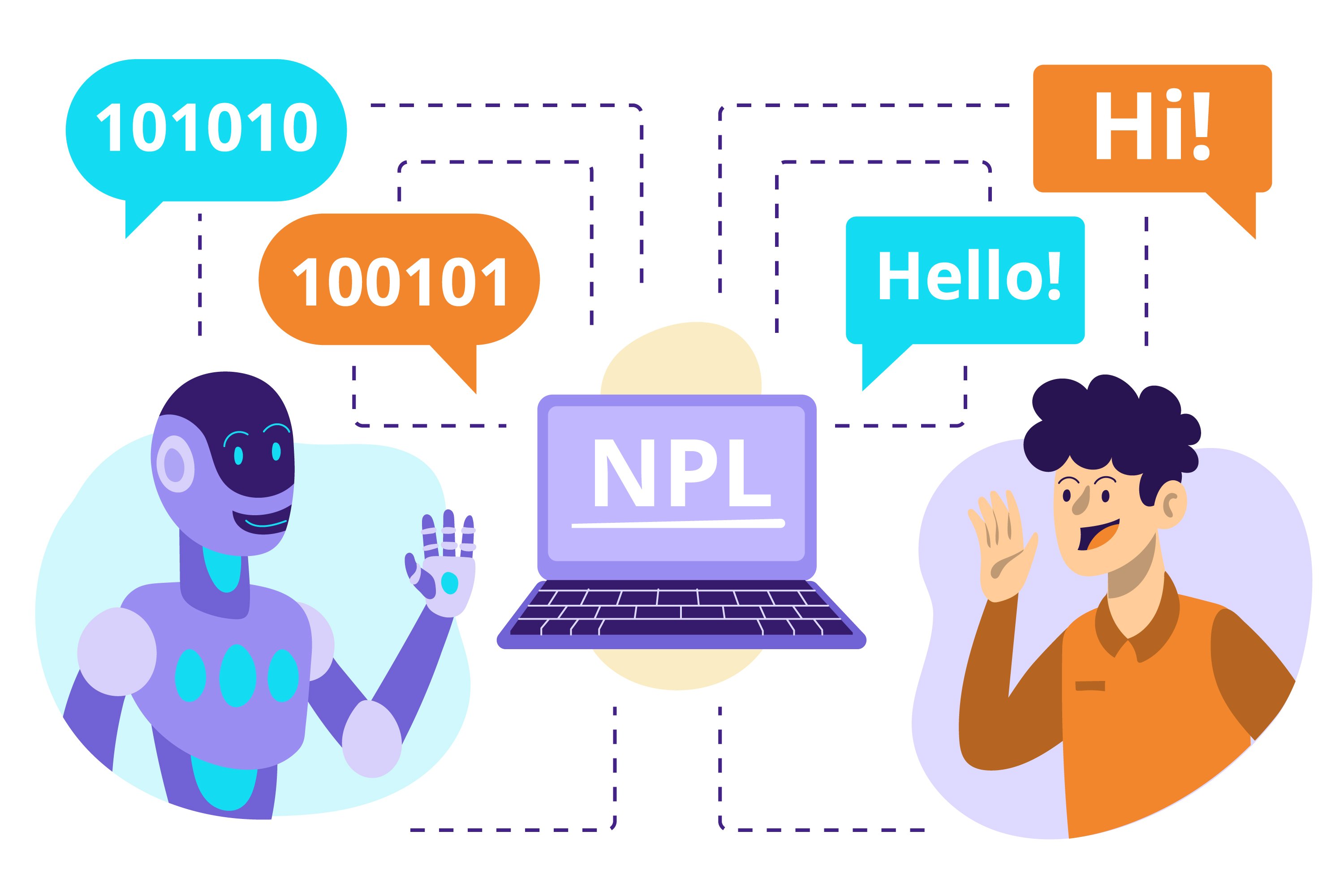Introduction to AI in Communication
Communication has changed. Today, it moves faster, reaches farther, and includes more forms than ever before. Text, video, facial expressions, and even body language play a role.
AI now supports these shifts. It helps systems understand, respond to, and improve communication.
The rise of digital platforms means more data flows between people and machines. Machine learning helps manage and make sense of this flow. It can improve calls, emails, social media, and more. It helps systems learn patterns, improve message clarity, and support real-time conversations.
AI systems now play key roles in how we connect. They help automate responses, detect tone, and learn from context. This allows people to communicate effectively across channels, even in complex or stressful settings.
Machine Learning Models in Communication
Machine learning models learn from examples. This means they study real interactions and find useful patterns. These models are trained on large amounts of data, including voice, facial expression, and text.
One use is in chatbots. These bots reply to messages using learnt language rules. Some even read tone. Others use past conversations to shape future replies.
In customer service, this improves response time and reduces human workload.
In fraud detection, models study communication data for risks. They find unusual patterns and flag them. This protects users and systems.
In social media, machine learning filters content and recommends posts. It watches what users like and adjusts what they see. This can help show useful or interesting content faster.
These models use many algorithms. Decision trees make clear choices based on simple inputs. Neural networks find deep links between different kinds of data. Reinforcement learning improves choices over time.
Read more: Next-Gen Chatbots for Immersive Customer Interaction
Understanding Facial Expression and Body Language
AI does more than analyse words. It can study how people move and react. Systems now track body language and facial expressions in real time. This helps machines read emotions and intent.
In video calls, this improves quality. AI can adjust voice and video to match expressions. It can flag confusion, stress, or boredom. This helps presenters and trainers adjust their tone or content.
In driving cars, systems use facial analysis to watch the driver. If the driver looks tired or distracted, the system can alert them. This prevents accidents and saves lives.
Body language helps systems understand when a person is ready to talk. Eye contact can show focus or distraction. Machines that read these cues respond better.
Such understanding supports communication beyond words. It helps systems respond in human-like ways. This is useful in teaching, support, and safety roles.
Improving Social Media Interaction
Social media relies on quick, rich communication. Posts include images, text, and emotion. AI improves how this content is managed and shared.
Generative AI can suggest responses. It can write posts or comments based on user style. It helps brands keep tone consistent. It supports users who need help writing or replying.
Facial expression tools let users react with emotion. AI links expressions to messages. This gives fast, rich feedback. It also makes content more human.
On the back end, machine learning systems fight abuse. They track harmful posts, flag spam, and limit fraud. This protects users and keeps platforms safe.
AI also matches content with readers. It studies what people like and adjusts feeds. This helps people find news, jokes, or events that match their tastes.
Read more: Large Language Models Transforming Telecommunications
AI in Real-Time Communication Systems
Communication systems must work fast. Messages, calls, and videos all need quick response. AI helps by managing data, traffic, and noise.
Voice assistants use real-time learning. They adjust to your voice and improve replies. This helps them perform tasks or answer questions more clearly.
Video systems adjust streams based on your device or signal. AI balances quality with speed. This ensures smooth calls, even on slow networks.
In emergency systems, AI spots urgent words or phrases. It can flag these for faster human review. This saves time when minutes matter.
Real-time processing also helps in fraud detection. Unusual access, fast changes, or odd word choices can be flagged. This adds safety without slowing service.
Handling Unlabelled Data
Many systems train on labelled data. But much of today’s communication is not labelled. It has no tags, grades, or notes. AI must still learn from it.
Unsupervised learning finds patterns in raw data. This allows AI to group similar messages or actions. It helps with sorting, filtering, and tagging.
Semi-supervised systems use a mix of labelled and unlabelled data. They start with known examples. Then, they apply lessons to new inputs. This improves learning and cuts down on human work.
Unlabelled data also adds variety. It brings in more voice styles, words, and patterns. This makes models better at handling real-world communication.
Handling unlabelled data is key to scaling AI in communication. It keeps systems smart even when input is messy or incomplete.
Read more: Machine Learning and AI in Modern Computer Science
Using Deep Neural Networks and Decision Trees
Different tasks need different tools. Deep neural networks work well for big, messy data. They handle speech, video, and mixed input. They find links that simpler models miss.
These networks are used in speech tools, image matching, and tone detection. They are power assistants that listen and reply in smart ways. They also run tools that match faces, read lips, or guess mood.
Decision trees are simpler. They split data by features. This gives fast answers in clear cases. They are used in forms, quizzes, or early-stage tools.
Both types have value. Some systems use both. They use decision trees to check facts and neural networks to guess tone or context. This mix supports fast, smart communication tools.
Generative AI in Communication Tools
Generative AI means systems that create new content. In communication, this includes text, images, and even voices. Tools can now draft emails, write messages, or create replies.
These tools learn from real messages. They pick up tone, style, and structure. Then they copy it. This helps users who are busy, tired, or unsure.
In teams, AI can suggest meeting notes, task updates, or email replies. This saves time and improves clarity.
Tools also support users who have trouble with writing. They turn short ideas into full text. They offer smart word suggestions. This helps people communicate clearly.
Generative tools also create fake but useful data. They help test systems or train models. This supports safe learning.
REad more: Generative AI vs. Traditional Machine Learning
Machine Learning in Communication Devices
Devices now use AI to improve communication. From phones to headsets, AI improves sound and image.
Noise filters remove background sounds. Face tools track movement and focus. Light tools adjust colour to show faces clearly.
Some headsets now read facial expressions. They can show your mood in digital form. This helps when you talk without video.
Wearables track voice, tone, and even posture. This helps in calls or learning apps. Some tools even alert you if your voice gets too loud.
In cars, voice tools use AI to read commands. Drivers speak instead of type. This helps keep eyes on the road.
Handling Large Data Sets in Communication
Communication systems deal with big data. Every call, post, or message adds to it. AI helps make sense of this stream.
Systems sort messages by topic, mood, or need. They look for spam, requests, or risks. This allows faster replies and safer chats.
Data from body language and tone adds depth. AI turns this into labels or scores. These help staff or tools respond better.
Large data also supports training. Machine learning systems grow smarter with more examples. They learn from success and mistakes.
With strong models, even small teams can serve large groups. AI makes this possible with smart sorting and clear replies.
Applications in Human Communication
AI is used in teaching, therapy, and coaching. It reads speech and gives feedback. It can help with public speaking or language learning.
Tools correct grammar, suggest better words, or track pace. Others show how much eye contact or body movement you use.
These systems help people who have trouble speaking. They offer word support, text-to-speech, or tone guides.
In health, AI watches for signs of stress in voice or face. This supports mental health care.
In groups, AI tracks who speaks, who waits, and how ideas flow. This helps leaders support better talk.
Read more: Machine Learning, Deep Learning, LLMs and GenAI Compared
How TechnoLynx Can Help
TechnoLynx builds tools that support better communication. We develop systems using AI, deep learning, and machine learning algorithms.
Our solutions read text, voice, and emotion. They improve chats, calls, and training. We help teams reply faster, more clearly, and with better tone.
We work with companies that want to improve support or reduce risks. Our systems flag fraud, sort requests, and analyse feedback.
TechnoLynx solutions use reinforcement learning and decision trees. We train them on real data to make them smart and fair.
Let TechnoLynx support your team! We make communication smoother, smarter, and more human.
Image credits: Freepik













